Bare Trusts and Employee Share Trusts for Startups


Online
September 26, 2024
12:30 - 1:30PM AEST
Bare trusts and employee share trusts for startups
Trusts can get confusing, right? Two common ones that often trip people up are bare trusts and employee share trusts. While they both help manage assets, they’re designed for very different things. Let’s break it down with Helen Young of LegalVision and Charlie Ross of Cake Equity.
About the Speakers
Moderator: Cal Davidson, Partnership at Cake Equity
Panelists:
- Helen Young: Practice leader at LegalVision
- Charlie Ross: Chief Operating Officer at Cake Equity
What are Bare Trusts?
According to Helen Young of LegalVision, a bare trust is all about separating legal ownership from control. The trustee holds the asset (like shares or property), but the real power lies with the beneficiaries—they call the shots.
“A bare trust essentially is just a trust where a trustee holds an asset on legal title for the benefits of the underlying beneficiaries. That particular trustee has no interest in the assets and doesn't have control over those assets unless those you know, directions and controls are coming from the beneficiaries, which is why it's called a bare trust, because that trustee doesn't actually own those assets. It's merely just holding the title.”
Bare trusts are great for startups looking to keep asset management smooth and simple, while also giving investors peace of mind. Perfect for times like capital raising when you need everything to be clear-cut.
Employee Share Trusts
To clear the confusion, Helen continues to explain that an employee share trust is like giving employees a slice of the company’s cake but under certain tax conditions.
”The key difference really is that an employee share trust is dictated under certain tax legislation. There are certain rules as to the purpose of that trust and the control over the trustee, the control is coming from the company or the directions are coming from the company itself as opposed to the underlying beneficiaries. So there are slight differences as opposed to having a bare trust where that control and direction is coming from the beneficiaries, which in a case of employee share trust are the employees.“
It’s designed to hold shares on behalf of employees, helping them benefit from the company’s success. Whether they get the shares right away or later, often at a discount, this trust is a win for both motivation and loyalty—keeping talent happy and invested in the business.
So, what sets them apart?
What sets bare trusts and employee share trusts apart? It mainly comes down to their purpose. Bare trusts are meant to protect and manage assets, while employee share trusts are focused on giving employees a stake in the company. When it comes to ownership, in a bare trust, the trustee holds the asset but doesn’t really control it—the beneficiaries do. On the other hand, employee share trusts are set up to transfer ownership rights to employees under certain conditions. Each type of trust also has its own tax benefits, like deferrals or concessions, depending on where you are and the specific purpose of the trust.
Understanding the difference between bare trusts and employee share trusts can really impact how you manage assets and reward your team. Both are super useful for startups, but they serve different purposes. If you want to learn how you can use them to your advantage, check out the full webinar with Helen Young and Charlie Ross, where they break it all down in a way that's easy to understand. The audience during the webinar also asked real-life questions that you might relate with, so you won’t want to miss it!










